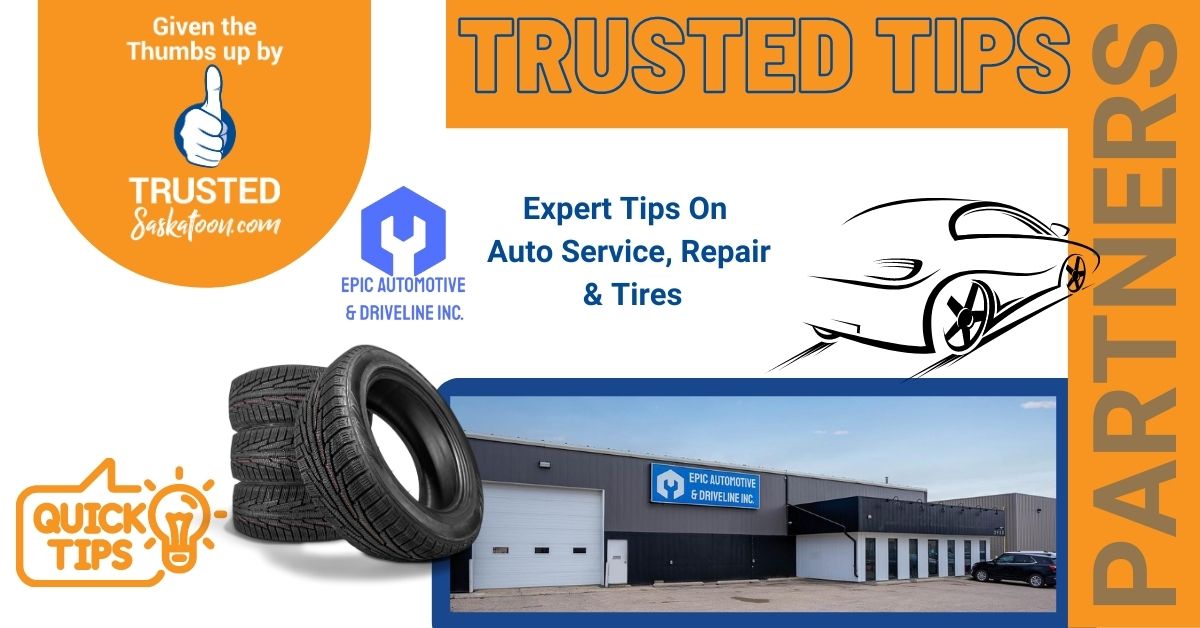Epic Auto and Driveline is a one-stop Saskatoon automotive and tire shop for domestic and import cars, light trucks, and SUVs. You can be confident knowing that they always take pride in their work and take good care of their customers. Epic Automotive and Driveline is a Trusted Saskatoon Auto Repair and Service Shop. In this tip, they share the importance of maintaining your vehicle's driveline.

The Importance of Maintaining Your Vehicle's Driveline
The term "driveline" refers to the components in a vehicle that transfer power from the engine to the wheels, enabling the vehicle to move. It includes various parts that work together to transmit power and torque. The driveline components can vary depending on the type of vehicle, but here are some common elements:
- Engine: The engine is the power source of the vehicle, typically fueled by gasoline, diesel, or alternative fuels. It generates rotational power that needs to be transmitted to the wheels.
- Transmission: The transmission is responsible for transmitting power from the engine to the wheels at different gear ratios. It allows the driver to select the appropriate gear for the vehicle's speed and load conditions. Common types of transmissions include manual, automatic, and continuously variable transmissions (CVT).
- Driveshaft: The driveshaft, also known as the propeller shaft, is a rotating shaft that transfers torque from the transmission to the differential or directly to the wheels in some cases. It is commonly found in rear-wheel-drive and four-wheel-drive vehicles.
- Differential: The differential is a gearbox located between the driveshaft and the wheels. It allows the wheels to rotate at different speeds while receiving torque from the driveshaft. This is important when the vehicle is turning, as the wheels on the outside of the turn need to travel a greater distance than those on the inside.
- Axles: Axles are shafts that connect the differential to the wheels. They transmit power from the differential to the wheels while also supporting the weight of the vehicle. In rear-wheel-drive vehicles, there are separate axles for each rear wheel. In front-wheel-drive vehicles, the front axles also serve as the driveshafts.
- Transfer Case (in 4WD and AWD vehicles): In four-wheel-drive (4WD) and all-wheel-drive (AWD) vehicles, a transfer case is used to distribute power between the front and rear wheels. It allows the driver to engage or disengage the 4WD or AWD mode, providing increased traction in off-road or slippery conditions.
These are some of the key driveline components in a vehicle. Each component plays a crucial role in transferring power from the engine to the wheels, allowing the vehicle to move efficiently and smoothly. The design and configuration of the driveline can vary depending on factors such as the type of vehicle, its drivetrain layout (front-wheel drive, rear-wheel drive, all-wheel drive), and intended use (off-road, sports car, etc.).